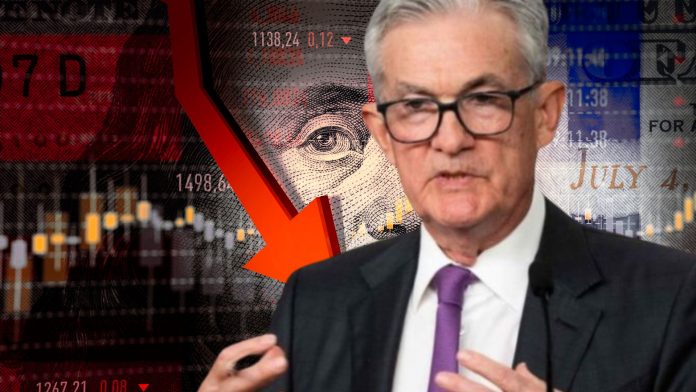In a move that aims to provide economic relief, the Federal Reserve announced a 0.25% interest rate cut on Thursday, less than two days after Donald Trump’s election victory. This second rate reduction follows an earlier half-point cut in September and signals a shift as inflation aligns closer to the Fed’s 2% target. As inflation shows signs of moderation, the Federal Reserve plans to gradually lower borrowing costs to boost economic activity.
The federal funds rate, a benchmark for overnight bank loans, significantly impacts consumer borrowing costs on everything from credit cards and auto loans to mortgages and student loans. For everyday Americans, this reduction provides some immediate relief, although the effects may take time to influence personal budgets. Trump, who advocated for rate cuts during his campaign, also proposed measures like capping credit card interest rates at 10%—though such a measure would require congressional approval.
Impact on Credit Cards
Most credit card interest rates are directly tied to the Fed’s benchmark, meaning that rate changes quickly affect consumer credit costs. Over the past two years, average credit card rates soared from around 16.34% in March 2022 to over 20% today due to previous rate hikes. Although this week’s cut may help ease these rates gradually, experts like LendingTree’s credit analyst Matt Schulz caution consumers not to expect drastic reductions. Instead, consumers may be better off exploring options like 0% balance transfer offers or directly requesting rate reductions from their issuers.
Auto Loans and Vehicle Financing
The Fed’s decision also holds positive implications for the automotive sector, where high loan interest rates and rising vehicle prices have strained consumers. According to Edmunds’ Jessica Caldwell, the average five-year new car loan rate has climbed from 4% to about 7% since the Fed began increasing rates. While the current cut may not lead to immediate, dramatic relief, the anticipated competition among lenders could prompt some rate drops, easing the financial strain on vehicle buyers.
Housing Market and Mortgage Rates
Mortgage rates have surged since the pandemic, with a 30-year fixed mortgage rate now averaging 6.81%, significantly affecting housing affordability. While the Fed’s rate cuts do not directly influence mortgage rates, Michele Raneri of TransUnion suggests that reducing the target rate may eventually put slight downward pressure on these rates. However, with high Treasury yields, substantial reductions are unlikely in the short term.
Student Loans
For student loan borrowers, rate cuts provide minimal relief. Federal student loan rates are fixed, so they remain unaffected. However, those with private, variable-rate loans may see a modest decrease over the next few months, translating to slight reductions in monthly payments. Education expert Mark Kantrowitz notes that for every $10,000 of debt, a 0.25% rate cut could lower payments by about $1 to $1.25. While refinancing into fixed-rate loans may become attractive as rates fall, borrowers should consider the risks of moving from federal to private loans, which often lack certain protections.
Savings Accounts and CDs
While lower rates may impact deposit returns, top-yielding online savings accounts still offer over 5% interest, the highest in nearly two decades. Although these yields might drop slightly in response to Fed actions, they continue to outpace inflation, providing competitive returns for savers.
As the Federal Reserve signals a more accommodative stance, the rate cut reflects a measured response to easing inflation and consumer cost pressures, promising modest but meaningful relief across credit cards, loans, and savings.










